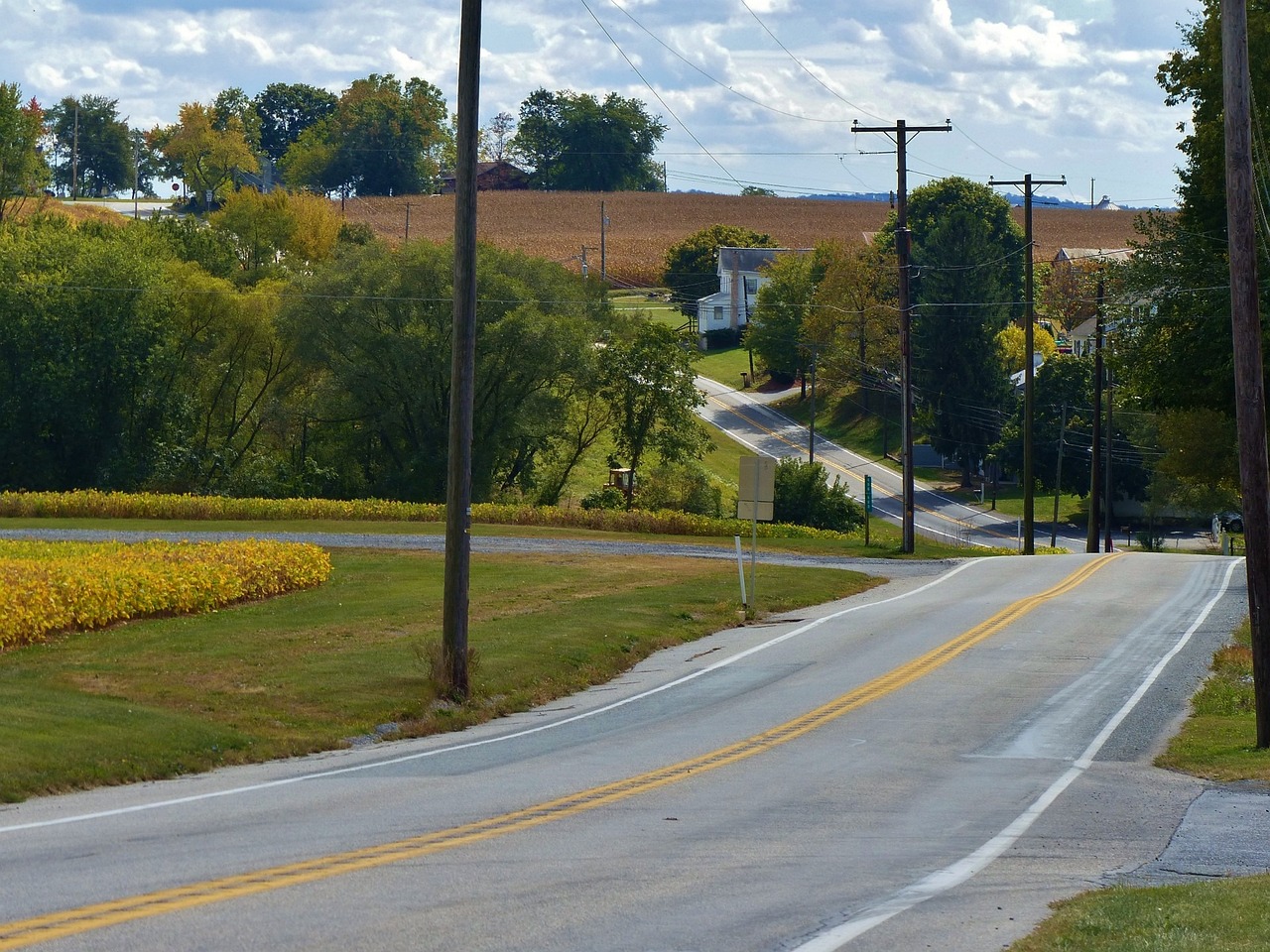Website Design in Reamstown, PA
Reamstown, PA, a charming and historic community in Lancaster County, provides a unique backdrop for innovative website design services. With a rich history dating back to the early 18th century, Reamstown offers a perfect blend of tradition and modernity, making it an ideal location for businesses seeking to establish a strong online presence.
A Brief History of Reamstown, PA
Reamstown was founded in 1724 by Tobias Ream, a German immigrant. The town, originally known as “Ream’s Town,” has grown from a small settlement into a vibrant community while retaining its historical charm. Reamstown’s history is deeply rooted in the agricultural traditions of Pennsylvania Dutch Country. Over the centuries, it has evolved, incorporating modern amenities while preserving its unique historical architecture and heritage sites.
The Importance of Website Design in Today’s Market
In the current digital age, having a well-designed website is crucial for any business. It serves as the first point of contact between a business and potential customers, making it essential for creating a positive impression. A modern, responsive, and user-friendly website can significantly enhance a business’s visibility and credibility.
Reamstown’s businesses, from local shops to larger enterprises, can benefit greatly from professional website design services. Leveraging the latest trends and technologies in web design can help these businesses reach a broader audience and compete effectively in the digital marketplace.
Modern Trends in Website Design
Minimalism and Simplicity: One of the leading trends in website design is minimalism. This approach focuses on simplicity, using clean lines, ample white space, and a limited color palette. Minimalist designs not only load faster but also provide a more intuitive user experience, which is crucial for keeping visitors engaged.
Dark Mode: Dark mode has become increasingly popular due to its aesthetic appeal and potential to reduce eye strain. Offering a dark mode option can enhance user experience, especially in low-light environments, making it a valuable feature for modern websites.
Microinteractions: These are small, subtle animations that provide feedback to users, such as hover effects and button animations. Microinteractions enhance the interactivity and responsiveness of a website, leading to higher user engagement.
Voice User Interface (VUI): With the rise of voice-activated assistants, integrating voice user interfaces into websites has become more important. VUI allows users to interact with a website through voice commands, offering a hands-free experience that is particularly beneficial for accessibility.
AI and Chatbots: Artificial intelligence and chatbots are revolutionizing customer service on websites. AI-powered chatbots can provide instant support, guide users through the site, and offer personalized recommendations, improving overall user experience.
Essential Tools for Website Design
Design Software: Tools like Adobe XD, Sketch, and Figma are essential for creating wireframes, prototypes, and high-fidelity designs. These platforms enable seamless collaboration between designers and developers.
Content Management Systems (CMS): WordPress, Joomla, and Drupal are indispensable for managing website content. These CMS platforms offer a wide range of themes and plugins, making it easier to build and customize websites without extensive coding knowledge.
Website Builders: For small businesses and individuals, website builders like Wix, Squarespace, and Weebly offer user-friendly drag-and-drop interfaces. These tools enable the creation of professional websites quickly and efficiently.
Front-End Frameworks: React, Angular, and Vue.js are crucial for building dynamic and responsive websites. These frameworks provide reusable components and streamline the development process.
Best Practices in Website Design
User-Centered Design: Prioritizing the needs and preferences of the end user is critical. This involves conducting user research, creating personas, and performing usability testing to ensure the website meets user expectations.
Mobile-First Design: With a significant portion of internet traffic coming from mobile devices, adopting a mobile-first design approach is essential. This ensures websites are optimized for smaller screens, providing a seamless experience for mobile users.
Accessibility: Ensuring websites are accessible to all users, including those with disabilities, is crucial. Implementing features like alt text for images, keyboard navigability, and screen reader compatibility broadens the audience and enhances SEO performance.
Performance Optimization: Optimizing website performance involves minimizing page load times, reducing server response times, and compressing images and files. Utilizing Content Delivery Networks (CDNs) and lazy loading techniques can further enhance website speed and performance.
SEO Integration: Integrating SEO best practices, such as using relevant keywords, creating high-quality content, and ensuring proper site structure, improves a website’s visibility on search engines. Technical SEO, including clean code, fast load times, and mobile optimization, also plays a vital role in enhancing search engine rankings.
Finishing Up
Website design in Reamstown, PA, offers businesses the opportunity to merge historical charm with modern technology. By leveraging the latest trends, essential tools, and best practices in web design, local businesses can enhance their online presence, attract more customers, and thrive in the competitive digital landscape. Whether you’re a small business owner or a larger enterprise, professional website design services can help you create a site that not only looks great but also performs exceptionally well.
For more information or to schedule a consultation, visit our contact page.


